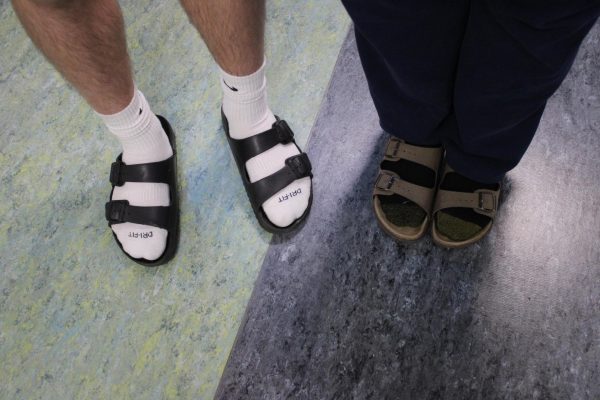What is Maladaptive Daydreaming?
Many people have hobbies, busy schedules, and jobs to keep them busy, and some people daydream to stay occupied. Many people think there is no harm in daydreaming, but on the contrary, it can become dangerous. How can daydreaming be dangerous, and how much is too much?
Maladaptive daydreaming is a psychiatric condition in which someone daydreams intensely. This condition can easily distract someone from their real life, possibly resulting in social isolation. This intense daydreaming can often be triggered by real events like conversations, psychical experiences, and even sensory stimuli. According to Healthline, Professor Eliezer Somer of the University of Haifa in Israel was the first to identify maladaptive daydreaming.
According to Healthline, symptoms of maladaptive daydreaming often include:
- Extremely vivid daydreams
- Daydreams triggered by real events
- Difficulty completing day-to-day tasks
- Difficulty sleeping
- Overwhelming desires to continue a daydream
- Daydreaming for extended periods of time (possibly hours)
Some conditions commonly associated with maladaptive daydreaming include Attention Deficit Hyperactive Disorder (ADHD), Obsessive Compulsive Disorder (OCD), and depression. Although these conditions are associated with maladaptive daydreaming, it’s not yet understood how exactly they are related.
According to the Sleep Foundation, maladaptive daydreamers are likely to get poor sleep, therefore suffer from sleep deprivation. This can affect someone’s ability to pay attention, focus, and concentrate, which are all considered to be symptoms of maladaptive daydreaming. With the symptoms being similar, this is likely why sleep deprivation often occurs after a day full of daydreaming.
There is not an official treatment for maladaptive daydreaming at the moment. According to one study, researchers found that a drug commonly used for OCD helped one patient control her daydreams. According to Medical News Today, a maladaptive daydreamer can try identifying triggers, symptoms, and get professional therapy.




